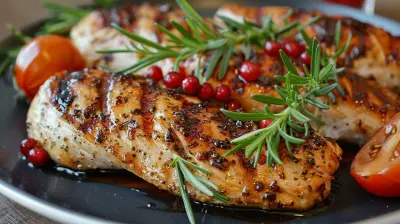Personalizing the Paleo Diet to Suit Your Unique Health Needs
5 August 2025
The Paleo diet—yep, that ancient way of eating inspired by our caveman ancestors—has been buzzing around the health and wellness world for years now. It’s all about ditching processed foods and going back to the basics: real, whole foods like lean meats, fish, veggies, fruits, nuts, and seeds. Sounds simple, right?
But here's the kicker: one size doesn't fit all.
That “cookie-cutter” version of the Paleo diet? It may not work for everyone. Just like you wouldn't wear someone else's shoes and expect them to fit perfectly, following a strict Paleo template without factoring in your personal health needs can backfire.
So, how do you tailor it to fit YOU?
Let’s break it down step-by-step, because this isn’t just about eating like a caveman — it’s about optimizing YOUR health, energy, and lifestyle.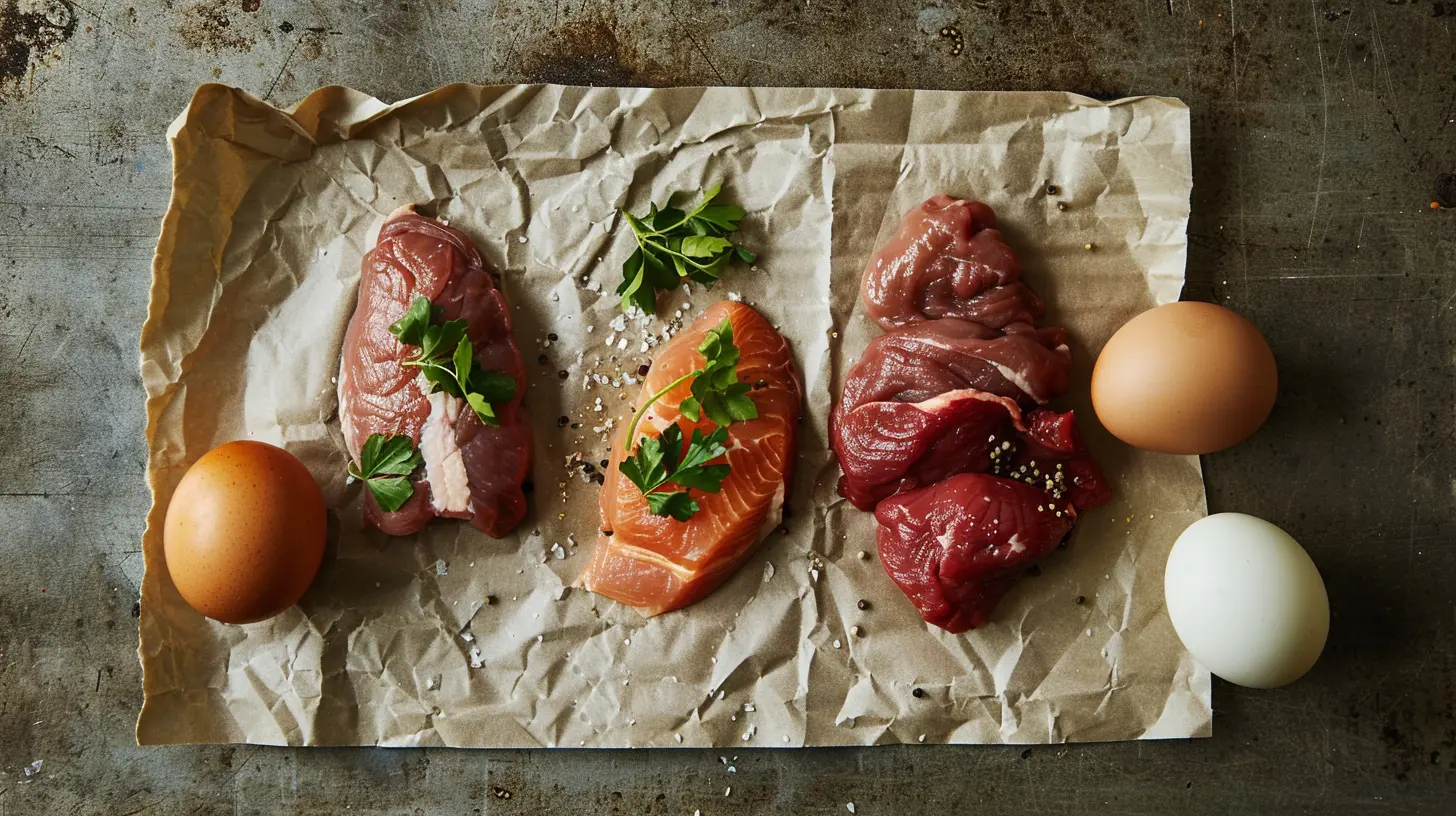
Why Personalization Is Key
Your Body Is Not a Clone
Here’s the truth: we’ve all got different genes, metabolisms, activity levels, health histories, food sensitivities, and goals. Some people thrive on higher fat intake. Others feel sluggish unless they add in a few healthy carbs. That’s why personalization is the secret sauce to making the Paleo diet work long-term.Trying to force your body into someone else's diet rules? That’s like trying to drive cross-country with the wrong GPS. You might get somewhere — but probably not where you want to end up.
Paleo Isn’t a Religion (It’s a Framework)
Let’s drop the dogma. Paleo isn’t about being “perfect” or “pure.” It’s a flexible template based on evolutionary principles—not a rigid rulebook. So, if your body does better with a few tweaks, it’s totally okay to make them.Think of Paleo as the foundation. The personalization? That’s how you build your dream house on top of it.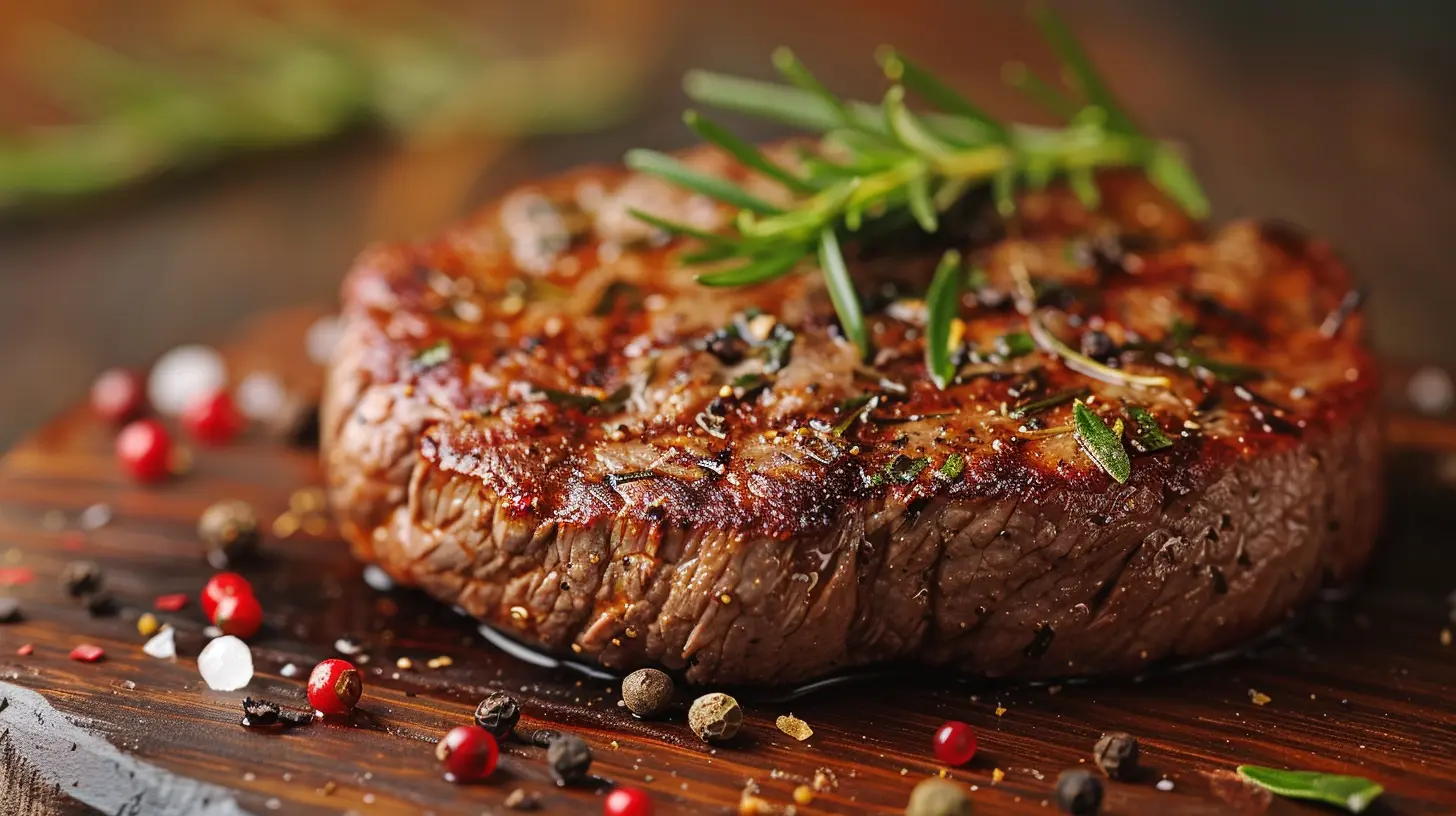
Starting with the Basics: What Is the Paleo Diet?
Before we get into customization, let’s revisit what this diet typically includes (and excludes).Foods You Can Chow Down On:
- Grass-fed meats and wild-caught fish- Eggs
- Fresh fruits and vegetables
- Nuts and seeds
- Healthy fats (like olive oil, avocado, coconut oil)
Foods to Avoid (Traditionally):
- Processed foods- Grains (yes, even whole grains)
- Legumes (like beans and peanuts)
- Dairy (though this one’s sometimes debated)
- Refined sugar and artificial sweeteners
Now, this list gives you a good outline. But remember, what works for someone else might not be your golden ticket.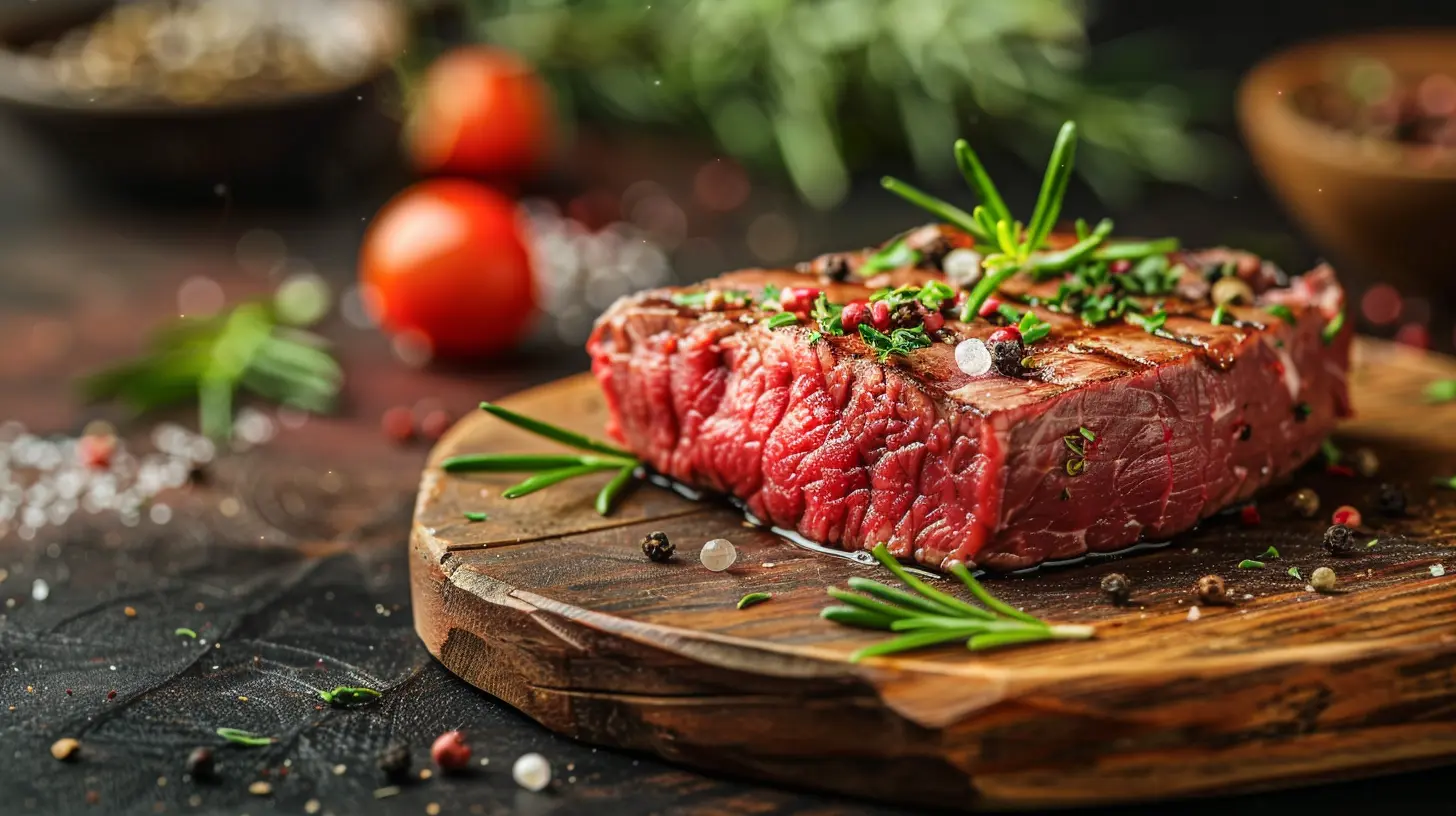
How to Personalize the Paleo Diet
1. Assess Your Health Goals
Before changing your plate, ask yourself: What am I trying to achieve?- Want to lose weight?
- Heal your gut?
- Improve autoimmune symptoms?
- Boost athletic performance?
- Balance blood sugar?
Your goal will majorly influence how you tweak the Paleo framework. For example:
- For weight loss: You might want lower-carb Paleo with more proteins and fats.
- For athletic performance: You’ll likely need to add more carbs (yes, even starchy veggies or fruits) to fuel your workouts.
- For gut healing: You may try removing high-FODMAP foods, even if they’re Paleo-approved.
2. Know Your Food Sensitivities
Not all “Paleo” foods are safe for everyone. For instance:- Some people don’t tolerate nuts or seeds well.
- Nightshades (like tomatoes, eggplant, and peppers) can inflame some autoimmune conditions.
- Eggs, a Paleo staple, can trigger allergies in others.
Start a food journal. Track how you feel after certain meals. If something’s causing bloating, skin issues, headaches, or fatigue — even if it’s technically "Paleo" — it might not be right for you.
3. Consider Your Activity Level
Are you a desk jockey or a marathon runner? That matters — a lot.- Active lifestyle: You’ll likely perform better with more carbohydrates. Think sweet potatoes, bananas, or even a bit of white rice (a gray-area food that some Paleo peeps include).
- Sedentary lifestyle: You might do better with a lower-carb setup to avoid excess energy being stored as fat.
Think of food as fuel — the more you move, the more fuel you might need.
4. Factor In Your Ancestry and Environment
This one gets overlooked. But our ancestors didn’t all eat the same way. Some came from tropical zones full of fruit and seafood. Others lived in cold climates and thrived on animal fat and root veggies.You’ve got clues in your genes. If you’re from an Asian or Mediterranean background, for example, your body might do better with certain carbs or seafood.
Climate also plays a role. Live in a cold, dry area? You may crave more fats. In a warm, humid place? Lighter, water-rich foods might make you feel better.
5. Tweak Meal Timing and Fasting Based on Your Lifestyle
Intermittent fasting often gets lumped in with Paleo (and can work great for some), but guess what? It’s not mandatory.- If skipping breakfast makes you feel jittery, hangry, or dizzy — don’t do it.
- If a 16:8 fasting window (16 hours fasting, 8 hours eating) helps you feel sharp — go for it!
Listen to your body. It’ll tell you what works.
6. Decide Where You Stand on “Gray-Area” Foods
Some foods exist in Paleo purgatory. They’re not totally processed, but they’re not caveman-approved either. Here are a few that you might consider:- Dairy: Some people do fine on grass-fed butter or fermented dairy (like kefir or yogurt).
- White rice: Not Paleo, but some use it as a clean carb.
- Dark chocolate: Technically off-limits, yet antioxidant-rich and super satisfying.
If adding in a little full-fat dairy or rice helps you stick to the plan long-term, and you feel good doing it – do you.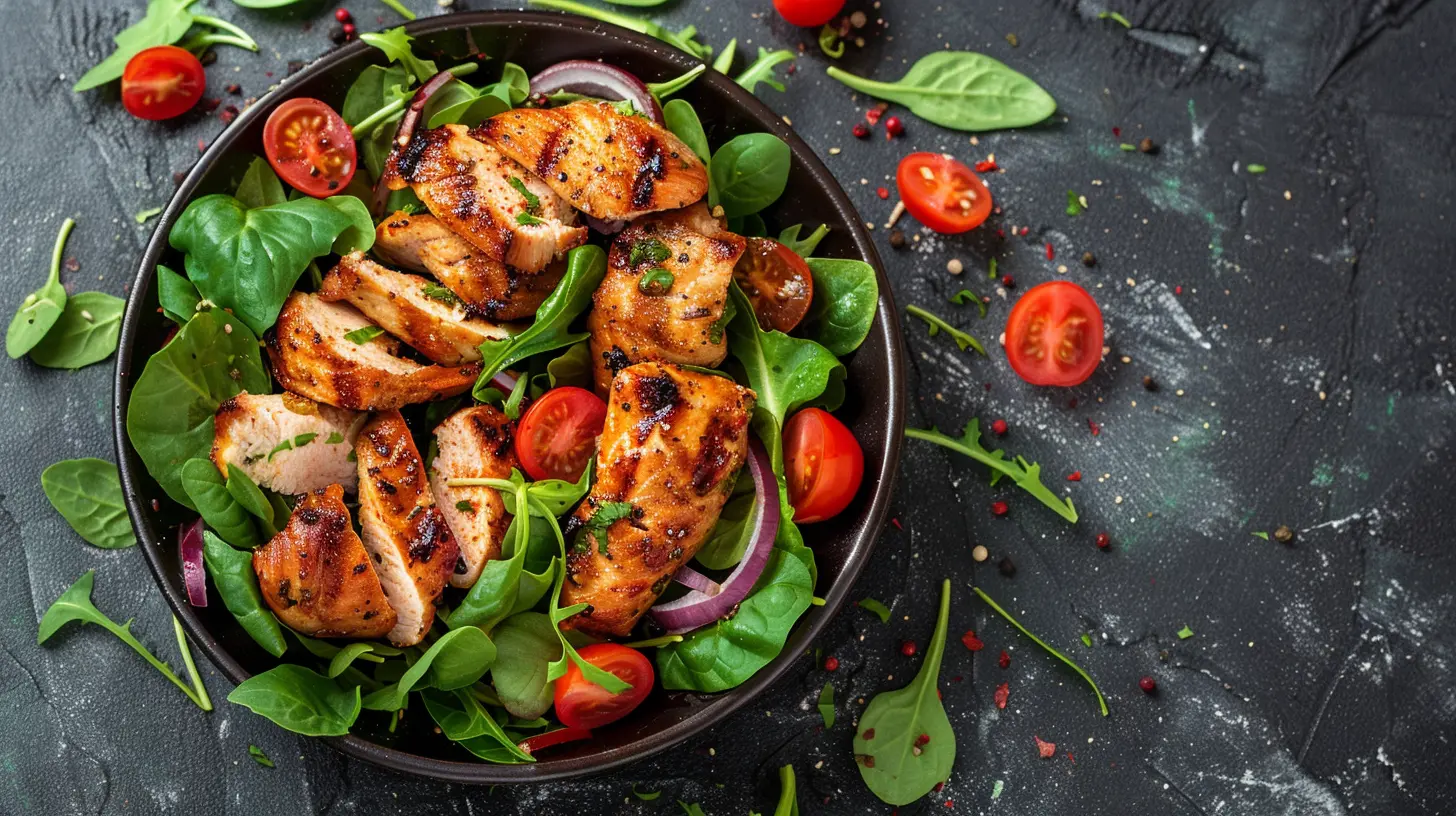
Sample Personalized Paleo Adjustments
Let’s look at some quick case studies to show how this might work in real life:Case 1: The Busy Mom with Autoimmune Issues
She’s dealing with Hashimoto's and juggling a job, kids, and daily stress. A strict Paleo diet with nightshades and eggs flared her symptoms.- Her tweak: AIP (Autoimmune Paleo) version — cuts out eggs, nuts, seeds, and nightshades initially.
- Extras: Focus on bone broth, organ meats, cooked veggies, and fermented foods to heal the gut.
- Results: Reduced symptoms, more energy, better digestion.
Case 2: The CrossFitter Trying to Lean Out
This guy trains hard, lifts heavy, but feels wiped on low-carb.- His tweak: Includes starchy veggies (like sweet potatoes) and bananas pre/post-workout.
- Minimal fruit and zero grains, but slightly higher carb than “classic” Paleo.
- Results: Improved recovery, better fat loss, increased strength.
Case 3: The Vegan Turned Paleo-ish
She used to be vegan but started experiencing hair loss and fatigue. She wants animal protein back in the mix, but still loves her plants.- Her tweak: Focuses on pasture-raised eggs, wild fish, and still eats lots of veggies.
- Keeps legumes occasionally because she tolerates them well.
- Results: More energy, hair growth, better mood.
Tips for Successfully Personalizing Your Paleo Diet
Tip #1: Be Your Own Health Detective
Keep a food journal. Monitor your mood, digestion, sleep, and energy after meals. Patterns will pop up.Tip #2: Don’t Be Afraid to Experiment
Try different ratios of protein, fat, and carbs. Introduce or eliminate foods one at a time. See how your body responds.Tip #3: Work With a Functional Nutritionist
Sometimes, a little expert help can go a long way. Especially if you’re managing a chronic condition or need lab testing.Tip #4: Prioritize Mental Health, Too
Is your diet creating stress, guilt, or obsession? It might be time to loosen the reins. A truly healthy diet supports both body and mind — not just weight loss.The Bottom Line
The Paleo diet is a solid starting point for building healthier habits. But it’s not a rigid doctrine you’ve got to follow blindly. The real magic happens when you make it your own.So, listen to your body. Be flexible. Make tweaks that support your lifestyle, goals, and unique health needs.
Health isn’t about perfection—it’s about alignment. Finding what truly works for YOU is the key to sustainable success.
After all, the best version of the Paleo diet? It’s the one tailored just for you.
all images in this post were generated using AI tools
Category:
Paleo DietAuthor:

Arthur McKeever
Discussion
rate this article
1 comments
Karly Wilkerson
Thank you for this insightful article! Personalizing the Paleo diet is a fantastic approach to meet individual health needs. It’s great to see attention given to unique dietary requirements, as it can truly enhance everyone's well-being on their health journey.
August 13, 2025 at 3:58 AM

Arthur McKeever
Thank you for your kind words! I'm glad you found the article helpful in recognizing the importance of personalized approaches to the Paleo diet. Your feedback is much appreciated!
